DBOOK is based on a group of 64 collective housing projects, analysed because of their contribution to the dense city. After the publication of Density, New Collective Housing, DBOOK is the next step in the sharing of examples that will promote the compact development of urban settlements. In both publications exist differences that are typical of a path that is in the process of creation, on which new travellers appear.
In the first issues of a+t on Density, we expressed our concern over indiscriminate land occupation and the conversion of the countryside into suburbs. Five years later, this tendency towards dispersion continues, though sustainability criteria are becoming more and more integrated into urban planning standards and the rise of density in new plans is now widespread.
The unorganised invasion of the environment is often justified by the expensive price of urban land and the need for larger homes. Moreover, the freedom to choose one’s residence is no minor argument for those who have dreams of green prairies with the promising independence of a single-family home, of the semi-detached home or even a row house, as opposed to that routine of stairs and lift. To complete that landscape, large consumer centres that are strategically placed next to motorways offer drivers a world of lowpriced pleasure.
What should be done about such a panorama? Is there any possiblity for collective housing to be wanted by city dwellers? Is it true that urban centres will soon be inhabited only by the well-off and those at a disadvantage? What advantages can apartment life offer when the price per metre is more expensive than that of a single family house? Is it worth walking all the way to the supermarket when there are only two kinds of jam? What is the point of cultural activities if everything is on Internet? Is it true that collective transport makes dispersion even easier? Is there anyone who has never had problems with their fellow flat-owners? Does density not cause many of the conflicts that arise in coexistence?
We do not honestly have an answer to any of these questions. We have only a selection of projects that give breath to the hope that life in common is still possible and that it improves when architectural conditions improve.





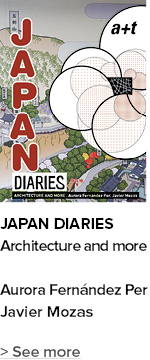




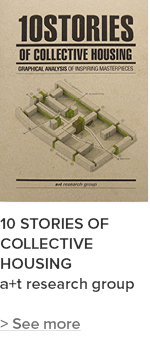

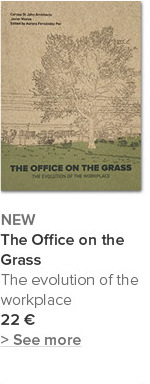

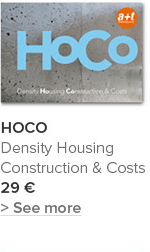

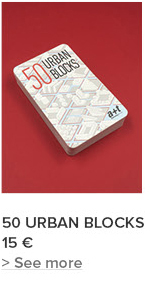
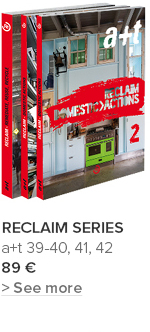

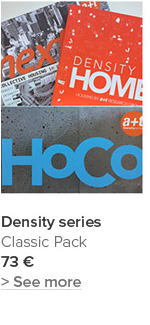








 I've read and agree to
I've read and agree to 


